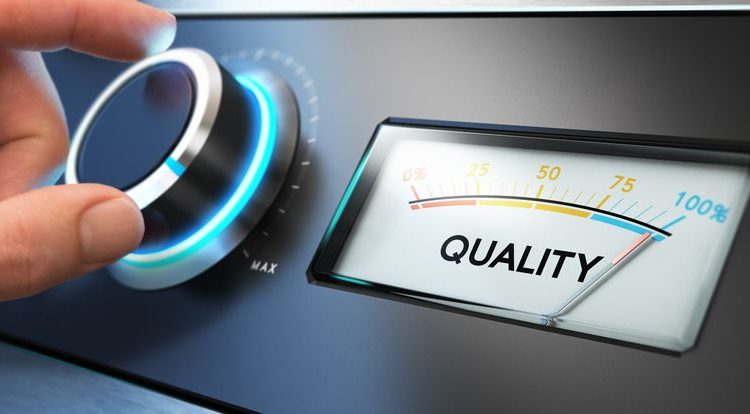Value Stream Mapping
A Value Stream Map is a Lean tool used to examine a process for the presence of unnecessary and wasteful activities. It provides visibility of material flow and information flow in a process. On one diagram, the team can visualize the eight forms of waste (i.e., defects, over-production, waiting, non-utilized talent, transportation, inventory, motion, and extra processing.)





